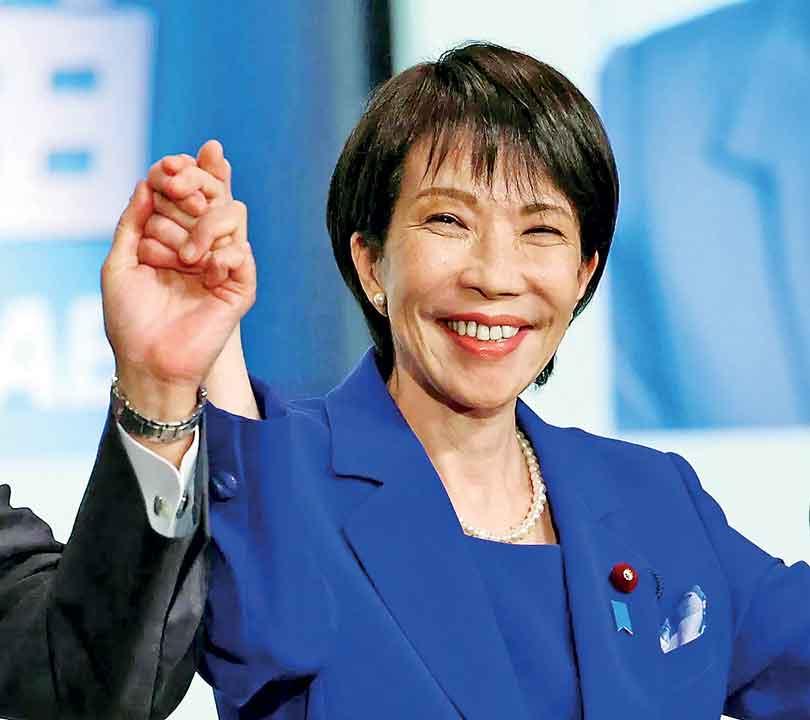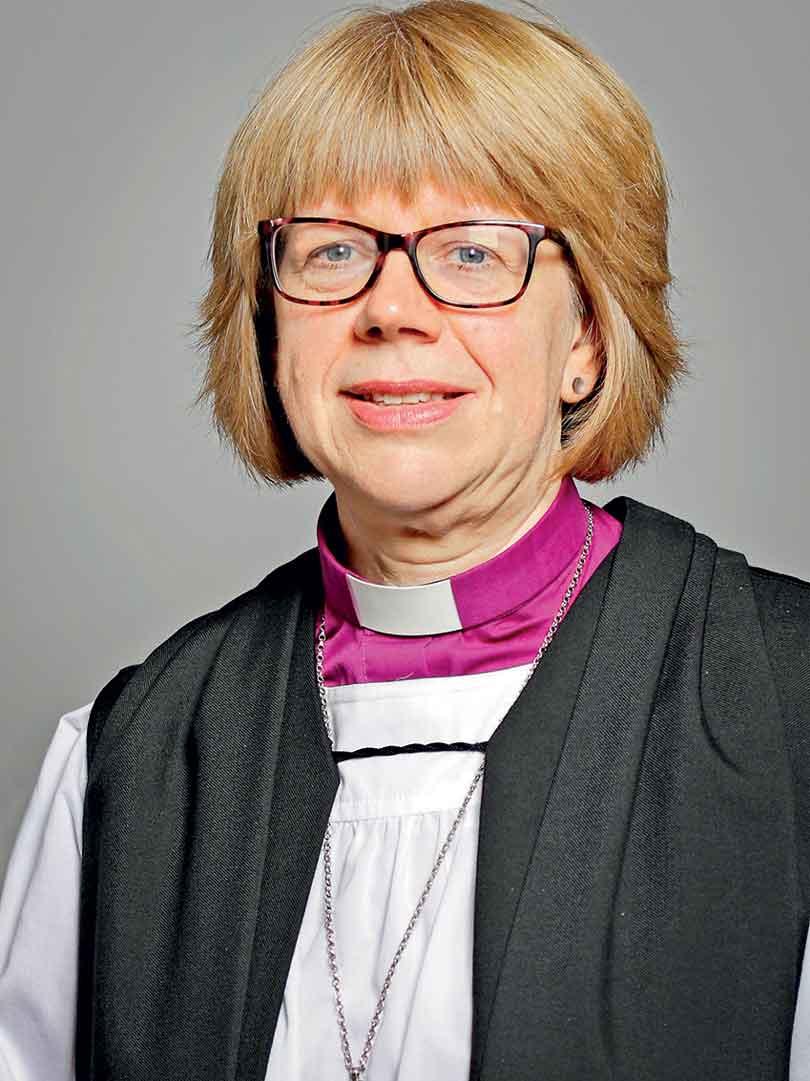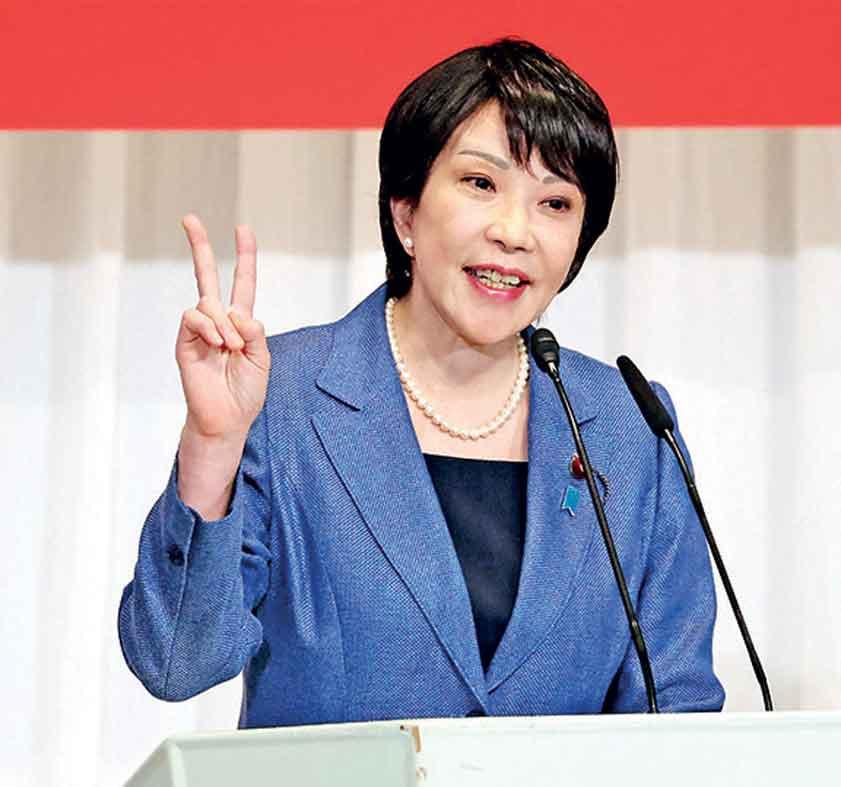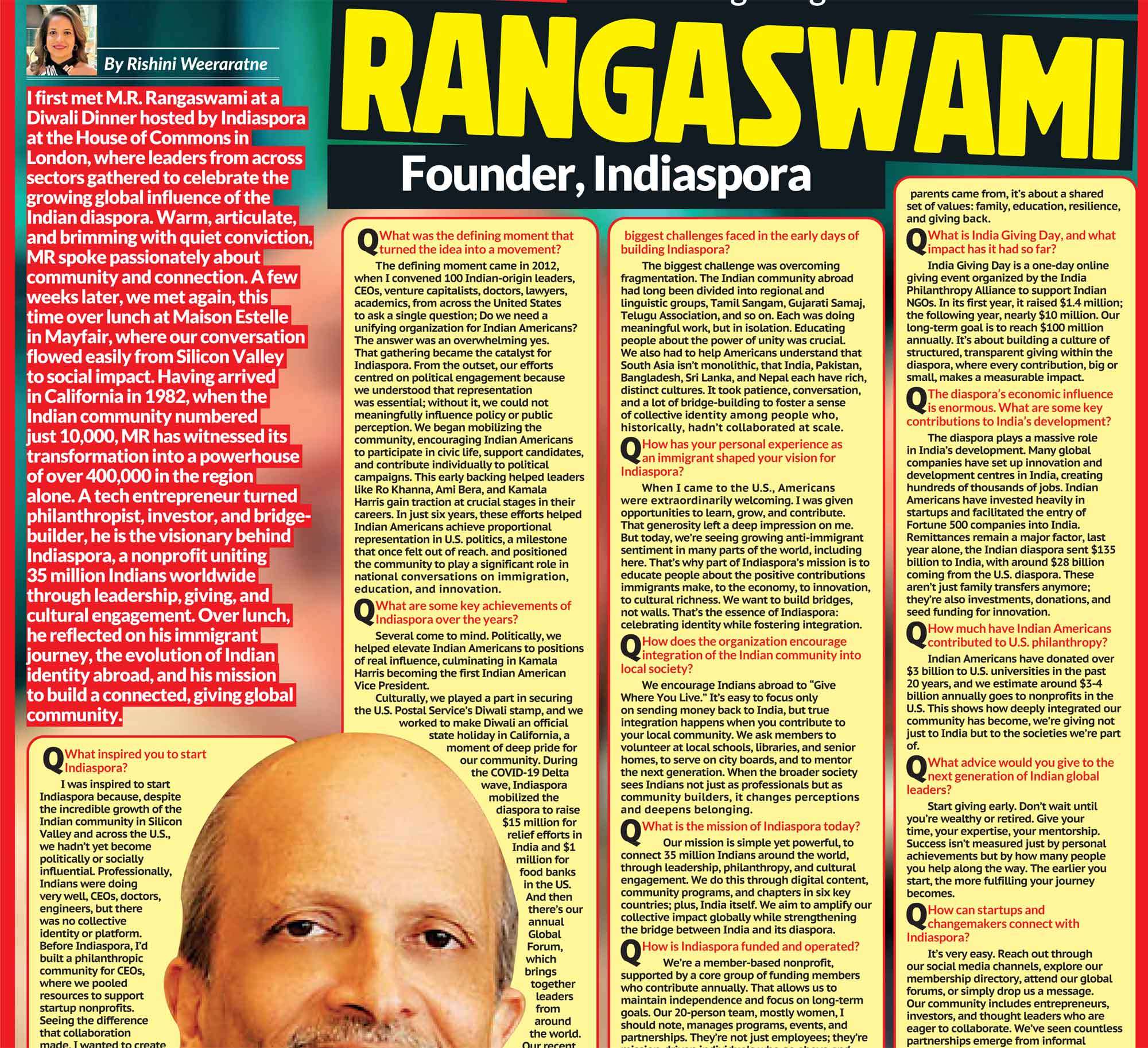



Over the past few weeks, two milestones have emerged that are at once symbolic and seismic. In Japan, a woman stands on the brink of becoming the country’s first female prime minister; in the Anglican Communion, the Church of England has appointed its first female Archbishop of Canterbury. These two developments one political, one spiritual underscore a broader shift in the global order: the breaking of long-standing gender barriers in institutions that have historically been shaped by patriarchy, tradition, and deeply entrenched norms.
Japan Eyes Its First Female Prime Minister
A History Without Precedent
Japan, despite its technological prowess and economic clout, has long lagged in female political representation at the highest levels. The office of prime minister, since its modern inception in the late 19th century, has never been held by a woman. Part of this is structural: Japan’s political system, party dynamics, and electoral machinery have tended to favor male-dominated networks, factions, and political dynasties. The cultural expectations of leadership, interpersonal dynamics within parties, the burdens of regional legacies, and gender norms all contribute to reinforcing a status quo that limits women’s ascent. Yet the cracks have long been visible. Women have served in parliament, held ministries, and sometimes pushed hard for leadership roles. The question has always been: when would the glass ceiling at the very top shatter?
Japan’s Power Shift
In early October 2025, Sanae Takaichi, a veteran politician within the ruling Liberal Democratic Party (LDP), was elected as the party’s leader positioning her to become Japan’s first female prime minister. Takaichi, aged 64, has long been a fixture in LDP circles. She has held multiple ministerial posts, notably in internal affairs, communications, and economic security. Her policy platform leans conservative: she is aligned with the more hawkish and nationalistic wing of the party, supports revisiting Japan’s postwar pacifist constitution, and takes a skeptical view of gender and social reforms. Her candidacy, therefore, is a paradox: it breaks new ground in representation, but not necessarily in ideology. Takaichi’s rise is not the result of a sudden turn toward progressive gender politics in Japan; rather, it reflects realignments within the party, generational shifts, strategic positioning, and political crisis. She beat out Shinjiro Koizumi in a runoff election.
Political Turbulence and the Coalition Challenge
However, her path is far from smooth. On October 10, 2025, Japan’s longtime coalition partner, Komeito, withdrew its support from the ruling bloc, citing demands over political financing and concerns over governance. This exit threatens to deny Takaichi the parliamentary majority needed to confirm her as prime minister and to govern effectively.
Meanwhile, her conservative positions, especially regarding gender issues, have drawn criticism. Observers view her gender-inclusive gestures as tactical rather than substantive. The international and regional implications are significant tensions with China and Korea regarding wartime memory, debates over constitutional revision, and shifting alliances in East Asia all hang in the balance.
Symbol, Not Cure
If Takaichi succeeds and becomes prime minister, her ascent will be historic. But her premiership alone will not transform persistent patterns of gender inequality in Japanese society and governance. She might become a “first,” but without broader empowerment of women in politics as party insiders, in factional leadership, as mayors, governors, and parliamentarians, the breakthrough risks being symbolic rather than systemic. Moreover, her brand of conservatism could raise tensions among more progressive factions and civil society pushing for more radical gender reforms. In short, Japan may soon break a barrier. But whether that opens a doorway for many more to follow depends on how she governs, who she empowers, and how the party and society respond.
The First Female Archbishop of Canterbury
A Spiritual Tower Long Reserved
The Archbishop of Canterbury is the senior bishop of the Church of England and, by virtue of that role, the spiritual “first among equals” within the global Anglican Communion. For centuries, the position was held exclusively by men reflecting both doctrinal traditions and clerical hierarchies that excluded women from the highest ecclesiastical offices. Over decades, the ordination of women in many provinces, the acceptance of women bishops, and internal theological debates paved the way for this moment. But it took time, struggle, and shifting doctrine.
Who is Dame Sarah Mullally
In October 2025, Sarah Mullally, the Bishop of London, was named the first female Archbishop of Canterbury. She will become the 106th holder of the office in the Church of England’s long history. Mullally’s background is notable. Before rising through the ranks of the clergy, she had a distinguished career as a chief nursing officer in England. Her trajectory combined pastoral care, administrative acumen, and theological leadership a blend that may serve her well in the turbulent landscape she inherits. Her appointment also reflects a balancing act: she is seen as both a reconciler and a moderate. The Church of England, and especially the global Anglican Communion, is fractured over issues like same-sex marriage, ecclesiology, and theological conservatism. Mullally will have to navigate these fault lines with care.
Reactions and Opposition
Celebration at Mullally’s appointment has been broad, especially among reform-minded Anglicans and advocates for women’s theological leadership.
Her elevation is a culmination of decades of work by women priests, bishops, and theologians who challenged the exclusion of women from the highest ranks. Yet opposition is already manifest. Some conservative bishops in Africa and other provinces have voiced their disapproval, citing theological objections to women in ecclesiastical authority Mullally must also face internal challenges: misogyny, resistance to change, institutional inertia, and a church still recovering from abuse scandals that have eroded trust. Moreover, while many provinces of the Anglican Communion embrace women bishops and priests, others do not. Mullally's position as primate implicates her in a complex web of inter-provincial tensions.
A Moment of Reckoning
Mullally’s tenure will likely test the capacity of the Church to integrate structural reform with theological continuity. She must restore credibility, especially in handling safeguarding and abuse issues; reinforce pastoral integrity; and lead the Communion toward cohesion on contentious social and doctrinal frontiers. Her leadership will be as much about healing past wounds as charting a future for Anglicanism in a changing, contested religious landscape.
Parallel Narratives: What They Represent
Taken together, these two breakthroughs resonate with a deeper narrative the slow but real shift in who can lead, who can be a symbol, and how institutions must adapt.
Symbolic Power and Real Transformation
Symbols matter. A female prime minister in Japan or a female Archbishop of Canterbury sends a powerful message: women can hold the top seat, even in domains long thought impervious to change. But symbols cannot substitute for structural change. What follows must include: clearer pathways for women to build influence, networks that break male-dominated gatekeeping, reforms in party and church structures, and shifts in the underlying culture of power.
Continuity, Not Revolution
Neither of these figures comes in as radical revolutionaries. Takaichi is a conservative, ecclesiastical in her posture. Mullally is moderate. Their appointments reflect evolution rather than rupture. That is significant: breakthroughs often happen not by sweeping revolution but through incremental realignment, internal negotiation, and compromise.
The Burden of Representation
These "firsts" carry a heavy burden. They are expected not only to perform effectively, but also to prove that women can do the job, to manage skepticism, and to resist being reduced to gender alone. If they falter, critics may attribute failure to gender rather than circumstance. Their leadership must be judged on performance, vision, and capacity, not merely on their status as women.
Resistance from Within and Without
Both leaders must contend with resistance: from conservative elements, from institutional inertia, from backlash, and from deeply held beliefs about gender, authority, and tradition. Resistance might not always be overt; it may emerge in subtle factionalism, networks of power holding, and symbolic gestures of exclusion.
Beyond the Moment: Opening the Door
The true test is whether more follow. A female prime minister should make it easier for other women in Japan to run, to lead parties, to head ministries, to shift culture. A female Archbishop should validate the theological legitimacy of women’s leadership, encourage women clergy, and weaken the strings holding them out. If the moment becomes a turning point rather than a one-off, then these breakthroughs will have lasting power.
Looking Ahead: Challenges and Opportunities
For Japan
- Coalition building and governance: Takaichi must secure enough parliamentary backing to govern. The exit of Komeito is a major obstacle.
- Public legitimacy: She must earn the trust not only because she is a woman, but because she can steer policy, tackle inflation, navigate foreign tension, and deliver results.
- Women’s rights agenda: Will she use her position to promote structural gender equity on parental leave, political inclusion, representation or will she maintain conservative continuity?
- Party transformation: Can the LDP adapt to allow more women in internal leadership, faction-building, and candidate selection?
For the Anglican Communion
- Unity amidst difference: Mullally must balance doctrinal plurality, pastoral cohesion, and theological dissent across 42 provinces.
- Addressing past wounds: The church is under pressure to improve its response to abuse, accountability, and transparency. She must lead credibly.
- Defining demeanor and mission: She must articulate a vision for Anglicanism that resonates globally on climate, social justice, gender inclusion, ethics, and interfaith relations.
- Institutional culture shift: Elevating women is one thing; transforming clerical culture, dismantling misogyny, shifting norms of mentorship and promotion are another.
In many ways, what we are witnessing is not a coincidence but a moment in a slow arc of change. Institutional traditions whether in politics or religion carry inertia, and shifts happen when the weight of aspiration, generational pressure, internal reform, and symbolic desire align. These narratives embody both promise and challenge.
Japan’s possible first female prime minister and the Church of England’s first female archbishop of Canterbury are more than headlines they are signposts of a world rethinking who leads, where power lies, and how tradition must adapt. Their success will not be in simply occupying the seat, but in how they wield it, reform the institutions around them, and inspire a lineage of leaders behind them. The true measure will be whether the “firsts” become many more.











